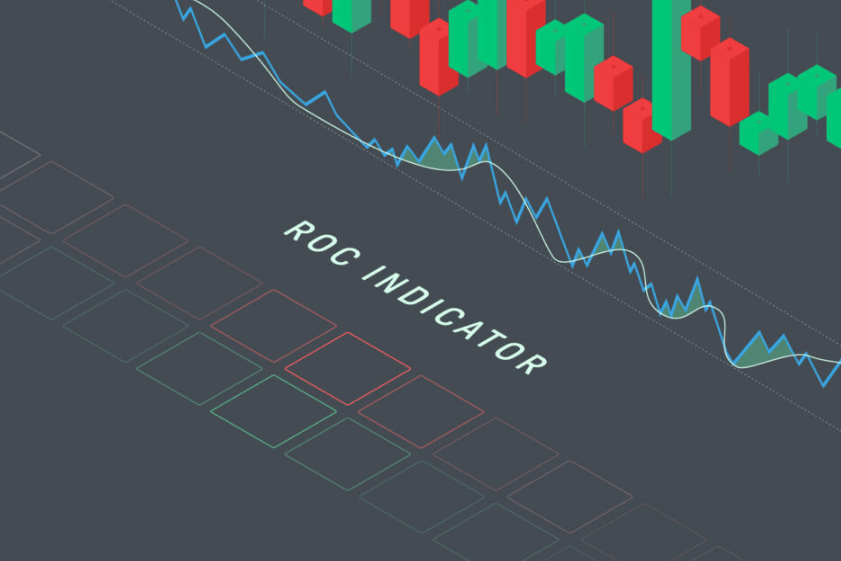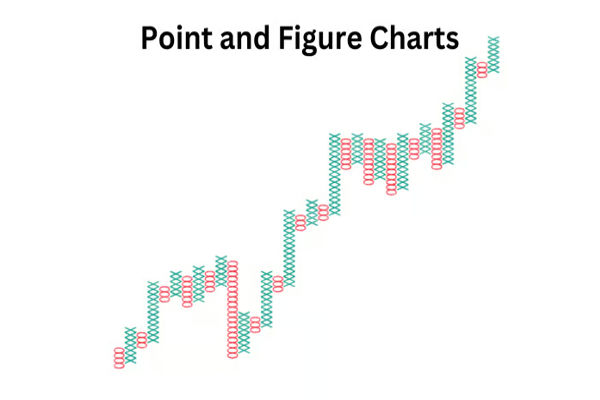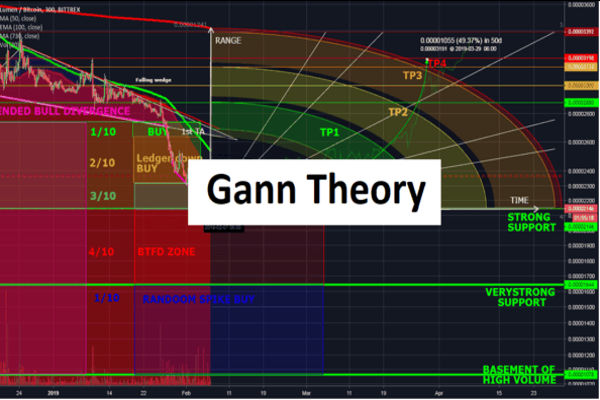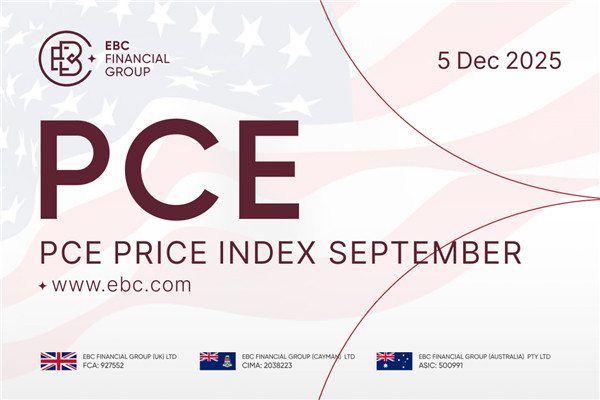What is the Axis Point of Forex?
Professional forex traders and market makers use Pivot Points to identify important support and resistance levels. The pivot point is particularly suitable for short-term traders, as it can be used to determine the price of a pullback during small price fluctuations. Classified by transaction type, both range traders and breakthrough traders can use the pivot point indicator: range traders use the pivot point to confirm reversal points; Breakthrough traders use pivot points to identify key breakthrough positions.
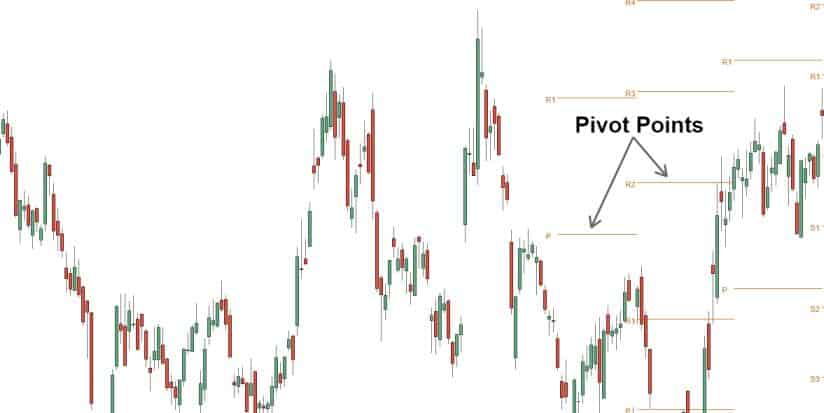
The forex pivot point is a technical analysis tool commonly used to identify turning points in trends. It can be used to predict the upward or downward trend of prices and help traders make more informed decisions.
The method to find the pivot point of forex is as follows:
1. Finding the high and low points in the early stage: The first step is to find the high and low points in the early stage prices, which are often considered important levels of support and resistance.
2. Calculate the pivot point: The following formula is required to calculate the pivot point:
Pivot Point=(Previous High+Previous Low+Previous Closing Price)/3
This calculation result will become the pivot point.
3. Calculate support and resistance levels: After calculating the axis point, the following formula can be used to calculate support and resistance levels:
Resistance 1=(2 x Pivot Point) - Previous low point
Support 1=(2 x Pivot Point) - Previous High Point
Resistance 2=(Pivot Point - Support 1)+Resistance 1
Support 2=Pivot Point - (Resistance 1- Support 1)
Resistance 3=(Pivot Point - Support 2)+Resistance 2
Support 3=Pivot Point - (Resistance 2- Support 2)
These support and resistance levels will help traders determine the upward and downward trends of prices, as well as at which level there may be buying or selling opportunities.
Please note that the forex pivot point is only a technical analysis tool and cannot guarantee successful prediction of price trends. Therefore, when using it, it should be combined with other indicators and analysis methods to make comprehensive judgments and decisions.
【 EBC Platform Risk Reminder and Disclaimer 】: There are risks in the market, and investment needs to be cautious. This article does not constitute investment advice.














